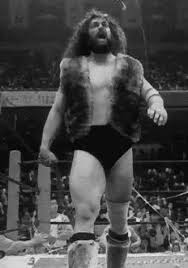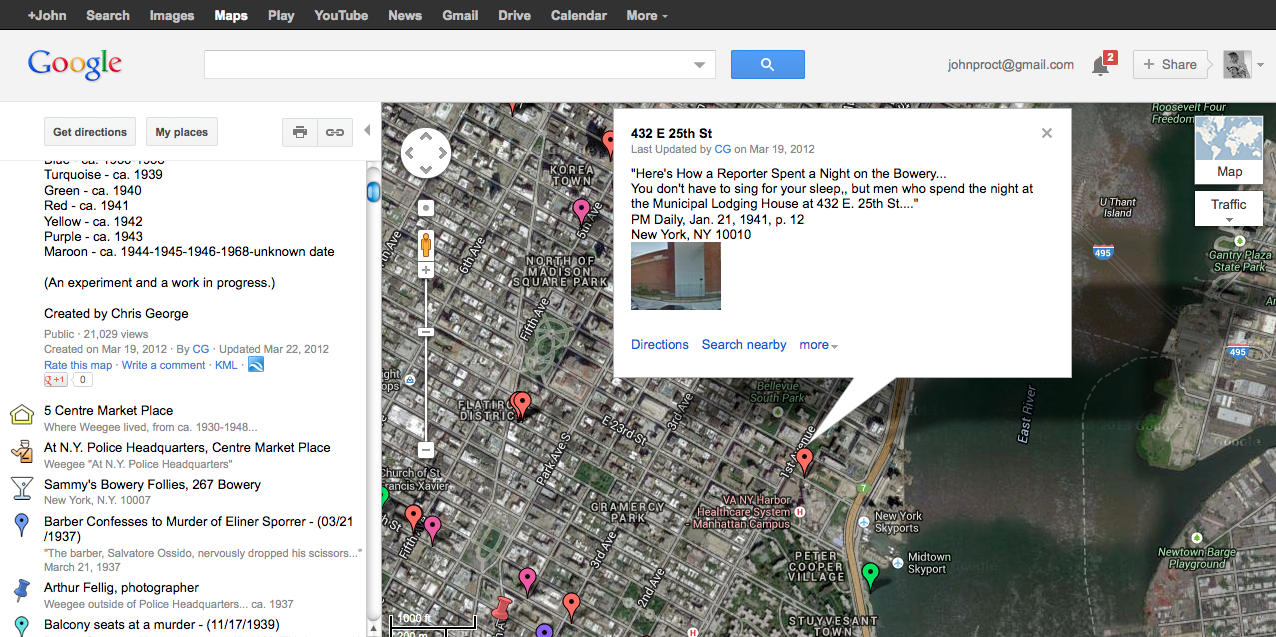In
last month’s summer Parks Series entry, I wrote about navigating the
abundant natural water around our city with Stringbean. But let’s be
honest—while a ferry trip is a pleasant diversion, the meat of our
outdoor summer activities with our children involve inland water that is
decidedly unnatural, whether we’re splashing in city pools, bathing in
the majesty of the many fountains, or enjoying the many watery elements
of city parks we’d forgotten were even there over the winter and early
spring.
No
playground is a playground in the summer without some water to offset
the heat generated by all those shiny metal slides (for a case in point
on how stifling a playground can be if the metal-to-water ratio is off,
just take a hopefully-short visit to the newly redesigned Union Square
Park playground at midday) and in fact many, like the sublime Teardrop
Park and the overwhelming Pier 25, both downtown, incorporate outdoor
plumbing so thoroughly and naturally into their architecture that you
have to wonder what they do in the winter. Most of the major fountains
of New York City are accessible, some (like the one at the top of Grand
Army Plaza) for sitting next to and perhaps catching some spray, and
others (like the one at Washington Square Park) for getting in and
splashing around.
No
playground is a playground in the summer without some water to offset
the heat generated by all those shiny metal slides (for a case in point
on how stifling a playground can be if the metal-to-water ratio is off,
just take a hopefully-short visit to the newly redesigned Union Square
Park playground at midday) and in fact many, like the sublime Teardrop
Park and the overwhelming Pier 25, both downtown, incorporate outdoor
plumbing so thoroughly and naturally into their architecture that you
have to wonder what they do in the winter. Most of the major fountains
of New York City are accessible, some (like the one at the top of Grand
Army Plaza) for sitting next to and perhaps catching some spray, and
others (like the one at Washington Square Park) for getting in and
splashing around. - See more at:
http://www.achildgrows.com/nyc-park-series-fountains-and-sprinklers/#sthash.CcaPXgzX.dpu
No
playground is a playground in the summer without some water to offset
the heat generated by all those shiny metal slides (for a case in point
on how stifling a playground can be if the metal-to-water ratio is off,
just take a hopefully-short visit to the newly redesigned Union Square
Park playground at midday) and in fact many, like the sublime Teardrop
Park and the overwhelming Pier 25, both downtown, incorporate outdoor
plumbing so thoroughly and naturally into their architecture that you
have to wonder what they do in the winter. Most of the major fountains
of New York City are accessible, some (like the one at the top of Grand
Army Plaza) for sitting next to and perhaps catching some spray, and
others (like the one at Washington Square Park) for getting in and
splashing around. - See more at:
http://www.achildgrows.com/nyc-park-series-fountains-and-sprinklers/#sthash.CcaPXgzX.dpuf
No
playground is a playground in the summer without some water to offset
the heat generated by all those shiny metal slides (for a case in point
on how stifling a playground can be if the metal-to-water ratio is off,
just take a hopefully-short visit to the newly redesigned Union Square
Park playground at midday) and in fact many, like the sublime Teardrop
Park and the overwhelming Pier 25, both downtown, incorporate outdoor
plumbing so thoroughly and naturally into their architecture that you
have to wonder what they do in the winter. Most of the major fountains
of New York City are accessible, some (like the one at the top of Grand
Army Plaza) for sitting next to and perhaps catching some spray, and
others (like the one at Washington Square Park) for getting in and
splashing around. - See more at:
http://www.achildgrows.com/nyc-park-series-fountains-and-sprinklers/#sthash.CcaPXgzX.dpuf
No
playground is a playground in the summer without some water to offset
the heat generated by all those shiny metal slides (for a case in point
on how stifling a playground can be if the metal-to-water ratio is off,
just take a hopefully-short visit to the newly redesigned Union Square
Park playground at midday) and in fact many, like the sublime Teardrop
Park and the overwhelming Pier 25, both downtown, incorporate outdoor
plumbing so thoroughly and naturally into their architecture that you
have to wonder what they do in the winter. Most of the major fountains
of New York City are accessible, some (like the one at the top of Grand
Army Plaza) for sitting next to and perhaps catching some spray, and
others (like the one at Washington Square Park) for getting in and
splashing around. - See more at:
http://www.achildgrows.com/nyc-park-series-fountains-and-sprinklers/#sthash.CcaPXgzX.dpuf
No
playground is a playground in the summer without some water to offset
the heat generated by all those shiny metal slides (for a case in point
on how stifling a playground can be if the metal-to-water ratio is off,
just take a hopefully-short visit to the newly redesigned Union Square
Park playground at midday) and in fact many, like the sublime Teardrop
Park and the overwhelming Pier 25, both downtown, incorporate outdoor
plumbing so thoroughly and naturally into their architecture that you
have to wonder what they do in the winter. Most of the major fountains
of New York City are accessible, some (like the one at the top of Grand
Army Plaza) for sitting next to and perhaps catching some spray, and
others (like the one at Washington Square Park) for getting in and
splashing around. - See more at:
http://www.achildgrows.com/nyc-park-series-fountains-and-sprinklers/#sthash.CcaPXgzX.dpuf
No
playground is a playground in the summer without some water to offset
the heat generated by all those shiny metal slides (for a case in point
on how stifling a playground can be if the metal-to-water ratio is off,
just take a hopefully-short visit to the newly redesigned Union Square
Park playground at midday) and in fact many, like the sublime Teardrop
Park and the overwhelming Pier 25, both downtown, incorporate outdoor
plumbing so thoroughly and naturally into their architecture that you
have to wonder what they do in the winter. Most of the major fountains
of New York City are accessible, some (like the one at the top of Grand
Army Plaza) for sitting next to and perhaps catching some spray, and
others (like the one at Washington Square Park) for getting in and
splashing around. - See more at:
http://www.achildgrows.com/nyc-park-series-fountains-and-sprinklers/#sthash.CcaPXgzX.dpuf
No
playground is a playground in the summer without some water to offset
the heat generated by all those shiny metal slides (for a case in point
on how stifling a playground can be if the metal-to-water ratio is off,
just take a hopefully-short visit to the newly redesigned Union Square
Park playground at midday) and in fact many, like the sublime Teardrop
Park and the overwhelming Pier 25, both downtown, incorporate outdoor
plumbing so thoroughly and naturally into their architecture that you
have to wonder what they do in the winter. Most of the major fountains
of New York City are accessible, some (like the one at the top of Grand
Army Plaza) for sitting next to and perhaps catching some spray, and
others (like the one at Washington Square Park) for getting in and
splashing around. - See more at:
http://www.achildgrows.com/nyc-park-series-fountains-and-sprinklers/#sthash.CcaPXgzX.dpuf







